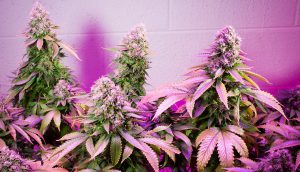 Did you know that cocaine is referred to as a bump? Hydrocodone, which once came in the form of a yellow pill, is referred to as bananas, and marijuana goes by 420. When cocaine and heroin are combined, some call it a Bombita. Some of the jargon is logical, such as marijuana named Prop 215 for the 1996 act that made pot legal in California, while other names are nonsensical and meaningful to only a select few or in certain regions of the country. Regardless of origin, drug users and dealers purposely use this slang to avoid detection and elude law enforcement.
Did you know that cocaine is referred to as a bump? Hydrocodone, which once came in the form of a yellow pill, is referred to as bananas, and marijuana goes by 420. When cocaine and heroin are combined, some call it a Bombita. Some of the jargon is logical, such as marijuana named Prop 215 for the 1996 act that made pot legal in California, while other names are nonsensical and meaningful to only a select few or in certain regions of the country. Regardless of origin, drug users and dealers purposely use this slang to avoid detection and elude law enforcement.
Police officers, first responders, and health officials that fight on the frontlines to keep our communities safe from drugs and addiction hear a spectrum of names for dangerous and commonly abused substances in the field. To help decipher the terminology, the Drug Enforcement Administration (DEA) publishes an annual reference of information about drug slang compiled from law enforcement and open sources.
The latest DEA Intelligence Report has grown from 7 to 125 pages since 2017 and now includes look-up functionality. The document lists hundreds of controlled substances, designer drugs, strains of drugs, and synthetic compounds, as well as terms for drugs used together to create a more powerful high. More than 50 new words for marijuana were added in 2017 and include flower, greenhouse, pink panther, shoes, train wreck, and purple OG to name a few.
While the agency works to assemble the most accurate and complete list, it acknowledges that the language is ever-changing. What is not changing is the risk to workplace safety and productivity caused by illicit drug use. Nationally, drug use by the American workforce remains at its highest rate in more than a decade driven by increases in cocaine, methamphetamine, and marijuana.
Employers, as well as the general public, should be aware of language related to illegal drugs. The ability to identify small clues could help to stop a teenager from experimenting with a lethal substance, inform decisions about reasonable suspicion testing, or deter drug use by an employee with a safety-sensitive position.
Download the DEA: Drug Slang Code Words 2018 report.
For more information about the drugs tested by Quest, visit our website.
Photo: BRIAN FINKE/GALLERY STOCK
 Your Privacy Choices
|
Privacy Notices
|
Terms
|
Language Assistance / Non-Discrimination Notice | Asistencia de Idiomas / Aviso de no Discriminación | 語言協助 / 不䈚視通知
Your Privacy Choices
|
Privacy Notices
|
Terms
|
Language Assistance / Non-Discrimination Notice | Asistencia de Idiomas / Aviso de no Discriminación | 語言協助 / 不䈚視通知



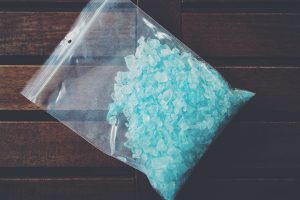
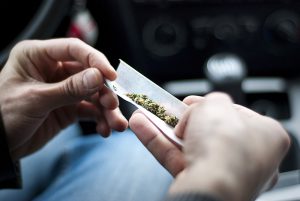
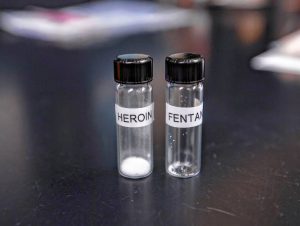
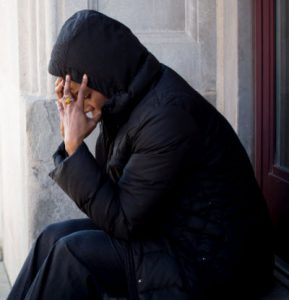
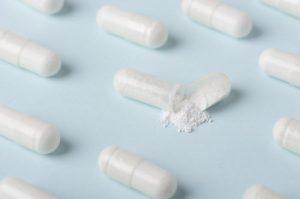
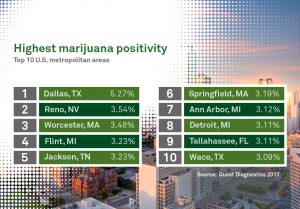
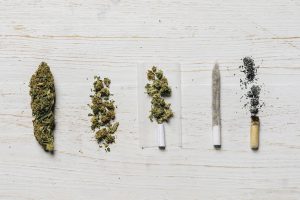
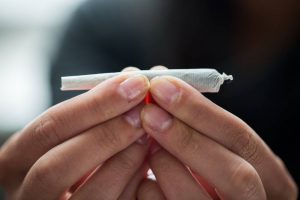
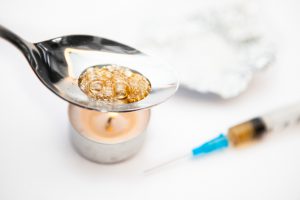
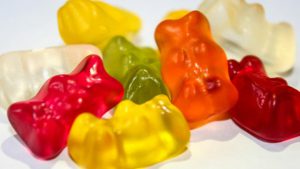
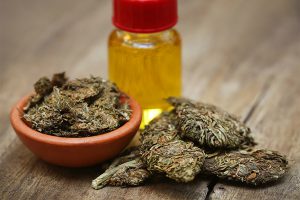
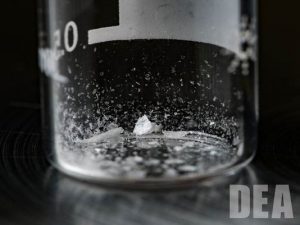




Police officers, first responders, and health officials that fight on the frontlines to keep our communities safe from drugs and addiction hear a spectrum of names for dangerous and commonly abused substances in the field. To help decipher the terminology, the Drug Enforcement Administration (DEA) publishes an annual reference of information about drug slang compiled from law enforcement and open sources.
The latest DEA Intelligence Report has grown from 7 to 125 pages since 2017 and now includes look-up functionality. The document lists hundreds of controlled substances, designer drugs, strains of drugs, and synthetic compounds, as well as terms for drugs used together to create a more powerful high. More than 50 new words for marijuana were added in 2017 and include flower, greenhouse, pink panther, shoes, train wreck, and purple OG to name a few.
While the agency works to assemble the most accurate and complete list, it acknowledges that the language is ever-changing. What is not changing is the risk to workplace safety and productivity caused by illicit drug use. Nationally, drug use by the American workforce remains at its highest rate in more than a decade driven by increases in cocaine, methamphetamine, and marijuana.
Employers, as well as the general public, should be aware of language related to illegal drugs. The ability to identify small clues could help to stop a teenager from experimenting with a lethal substance, inform decisions about reasonable suspicion testing, or deter drug use by an employee with a safety-sensitive position.
Download the DEA: Drug Slang Code Words 2018 report.
For more information about the drugs tested by Quest, visit our website.
Photo: BRIAN FINKE/GALLERY STOCK